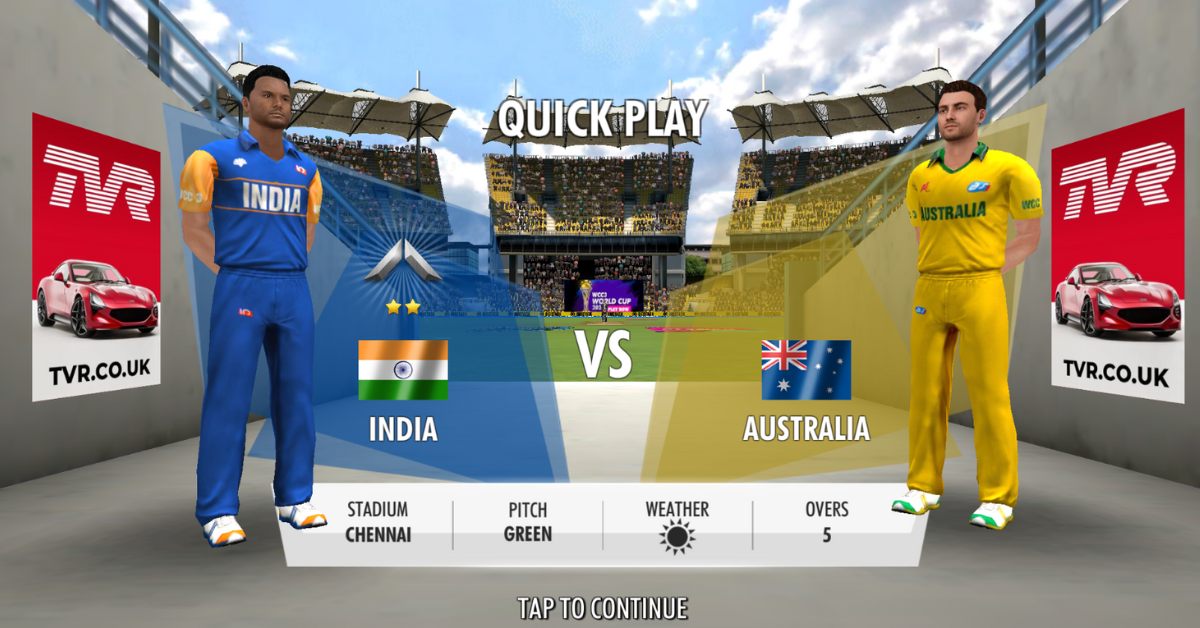Why mobile games are the contextual key

Mobile games can help advertisers in a post-cookie era with a richness of behavioural data and contextual targeting. Our VP Programmatic Yasin Dabhelia explores why.
Gaming has taken the entertainment industry by storm and mobile gaming, in particular, has emerged as a leader in the market. In 2022, the global gaming market generated $184.4 billion in revenue, with half of it coming from mobile gaming alone, according to Newzoo. To put this into perspective, gaming’s revenue is more than triple the combined annual revenue of the global box office and all music subscription streaming services.
And there’s no slowing down anytime soon, recent movers and shakers are propelling the industry forward; the Microsoft & Activision Blizzard deal inches closer to conclusion, Netflix opened its second games studio in Helsinki and just last month US TV & film company Blumhouse Productions announced plans to expand its universe of horror films into games.
What has this got to do with in-game advertising?
While console gaming and PC gaming sound exciting to brands, available inventory is limited, and hardcoding ads is a relatively long and tedious process. And mobile in-game advertising has become an appealing opportunity for brands wishing to tap into this media channel without the negative impact of intrusive ad formats that has previously plagued free-to-play mobile games.
Mobile gamers are a diverse and loyal audience. In a survey conducted by Tapjoy, 69% of US consumers said they would rather give up social media apps or TV than lose their favourite mobile games. They also found that respondents were more than twice as likely to pay attention to advertisements placed in mobile games (41%) than ads placed on the internet (17%), in magazines (15%) or on billboards (15%).

While mobile advertising has become a prime opportunity, there has also been an expectation of more granular targeting; mobile devices can tell us a lot about an individual, from key demographics right through to browsing behaviour and the types of apps they download. Advertisers and brands have heavily relied on this data to follow mobile users and personalise their ads. However, there has been a global shift towards prioritising user privacy, with Apple and Google leading the charge to reducing user tracking. As a result, contextual advertising is becoming a more attractive alternative.
WTF is contextual advertising and how do I use it in gaming?
According to IAB Europe’s A Guide To The Post Third-Party Cookie Era, 74% of marketers are using contextual data to improve their advertising without device ID and third-party cookies. That’s more than those leveraging first-party data (60%) and more than those relying on (and paying for) publishers to do their targeting(45%).
Contextual advertising on mobile devices is becoming the most effective method of targeting because it focuses on the content that a user is currently engaging with, rather than relying on data from third-party cookies or non-existent IDFA’s (Identifiers for Advertisers).

The effectiveness of contextual advertising in the context of gaming is placing ads based on the relevance of the ads to the user’s current interests and needs. For example, placing ads for sports brands within sports games or stadium environments. Other ways you can apply contextual advertising in gaming environments with AdInMo is:
- Environment
- Device
- Time of day/day of the week
- Genre of game
- Player behaviours e.g. casual or hard-core gamer
The relevance of a brand within the environment context of a game is far more important than personalising to the user. Brand uplift studies regularly validate those exposed to ads in certain games think the ads fit the context of the game, amongst other metrics.

Unlock success in mobile in-game advertising with contextual targeting
Contextual advertising is better suited for in-game advertising because it allows for greater relevance and less ad avoidance. Ad effectiveness is increased and the player’s experience within the game or app enhanced. Ads placed in a game have the potential to be much more related to the player experience and with gaming being such a strongly immersive experience, you have a guaranteed attentive and engaged audience.
More…
In-game advertising campaign drives search uplift for Brazilian FMCG brand FOODZ
AdInMo and Foodz brand awareness campaign drives an 11.5% Google search increase In our latest case study for brand awareness we reveal the powerful impact of its recent in-game campaign for Brazil-based nutritional food drink company, Foodz. Foodz, which recently...
AdInMo & Usercentrics consent management partnership accelerates European in-game monetization
Developer case study on consent implementation highlights significant uplift across key monetization metrics CPMs, fill rate and ARPDAU. We’ve just published the first results of our joint industry education programme with Consent Management Platform (CMP)...
Developer Shout Out: Nextwave Multimedia
Advertising and live sports events go hand-in-hand with pitch-side billboards surrounding real-world stadiums. This makes in-game advertising a natural fit for any sports mobile games and this month has been all about the Cricket World Cup 2023 reaching its climax...




